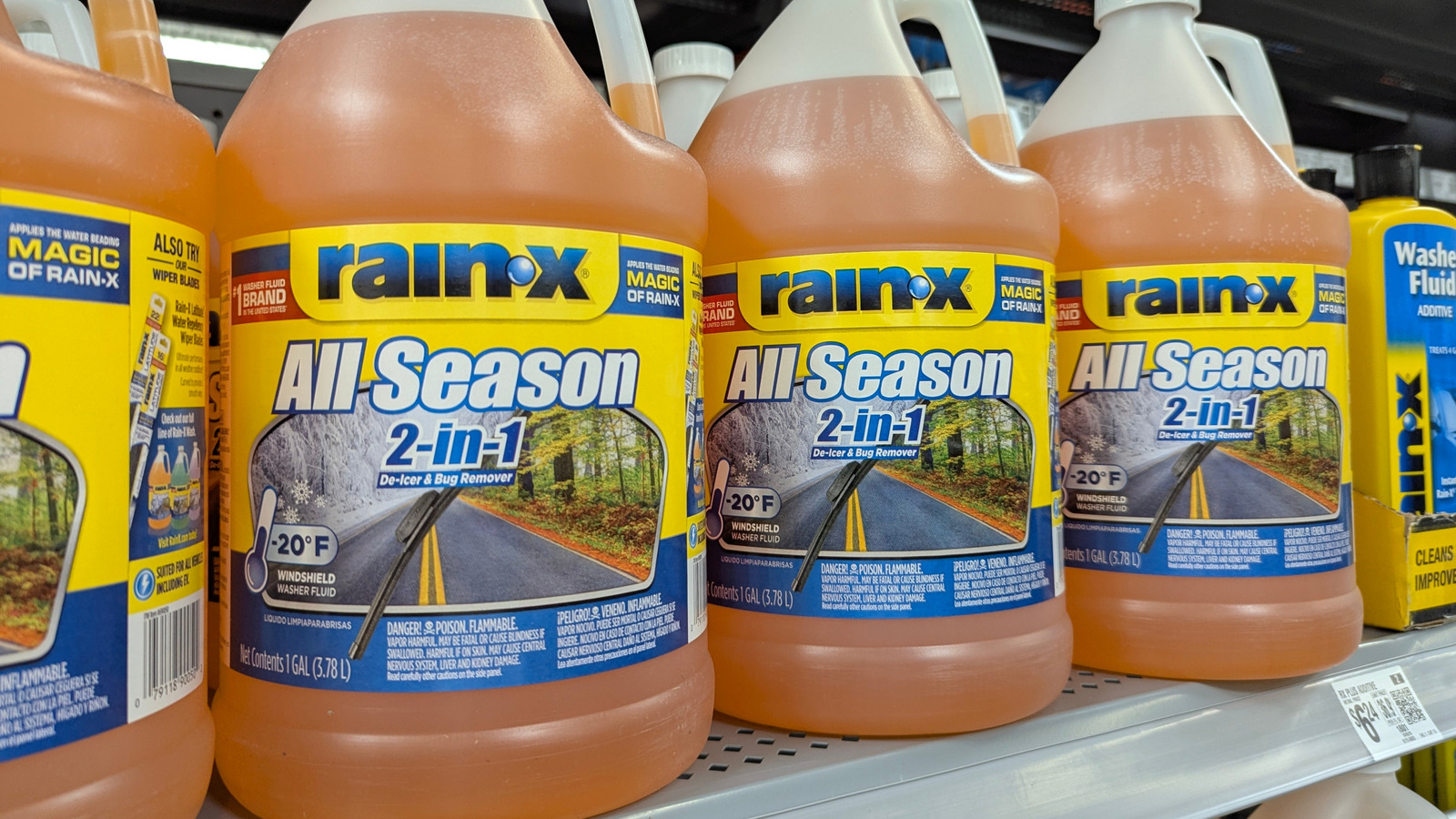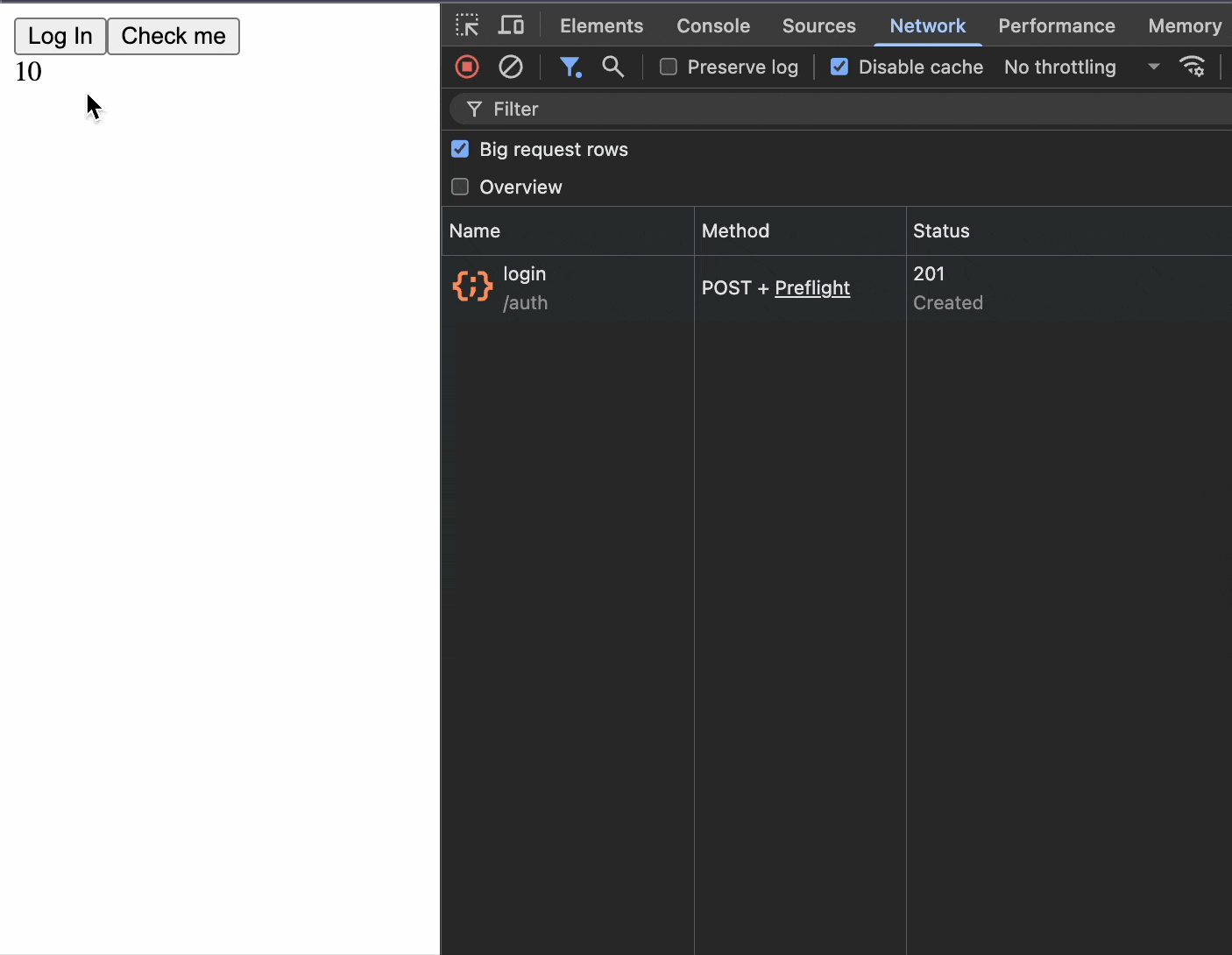Exploring JavaScript Maps and Sets
Maps and Sets, introduced in ES6, provide powerful and optimized ways to handle collections of data. They overcome limitations of traditional JavaScript objects and arrays. JavaScript Map A Map stores key-value pairs and maintains insertion order. Keys can be any data type. Creating & Using Maps const map = new Map(); map.set('name', 'Alice'); map.set(123, 'ID number'); map.set(true, 'boolean key'); console.log(map.get('name')); // Alice Iterating Over Maps for (let [key, value] of map) { console.log(`${key} = ${value}`); } Useful Methods map.set(key, value) – Adds or updates an entry. map.get(key) – Retrieves a value by key. map.has(key) – Checks existence. map.delete(key) – Removes an entry. map.clear() – Removes all entries. JavaScript Set A Set stores unique values of any type, eliminating duplicates automatically. Creating & Using Sets const set = new Set(); set.add(1); set.add(5); set.add(5); // duplicate, ignored console.log(set.has(5)); // true Iterating Over Sets set.forEach(value => console.log(value)); Useful Methods set.add(value) – Adds a new element. set.delete(value) – Removes an element. set.has(value) – Checks for existence. set.clear() – Clears all elements. Practical Use-Cases Maps Associating metadata with objects. Complex keys (objects, arrays, etc.). Efficiently handling large datasets. Sets Removing duplicates from arrays. Storing unique values (IDs, permissions). Quickly checking membership. const array = [1, 2, 2, 3, 4]; const uniqueArray = [...new Set(array)]; // [1, 2, 3, 4] Performance Considerations Maps and Sets offer predictable performance. Key lookups are faster compared to object property access when keys vary. Better memory efficiency in certain scenarios compared to plain objects or arrays. WeakMaps & WeakSets WeakMap and WeakSet hold "weak" references, allowing garbage collection if there are no other references to the object. const wm = new WeakMap(); let obj = {}; wm.set(obj, 'data'); obj = null; // obj can now be garbage collected Differences from Map and Set: Only objects as keys. Not iterable. Useful for caching and private data. Best Practices Use Maps for complex keys and better iteration. Use Sets for uniqueness constraints. Leverage WeakMap and WeakSet for caching and memory-sensitive applications. Conclusion Maps and Sets greatly enhance JavaScript’s data handling capabilities. Mastering their use helps you write efficient, readable, and maintainable code. Have you used Maps or Sets creatively in your projects? Share your ideas below!

Maps and Sets, introduced in ES6, provide powerful and optimized ways to handle collections of data. They overcome limitations of traditional JavaScript objects and arrays.
JavaScript Map
A Map stores key-value pairs and maintains insertion order. Keys can be any data type.
Creating & Using Maps
const map = new Map();
map.set('name', 'Alice');
map.set(123, 'ID number');
map.set(true, 'boolean key');
console.log(map.get('name')); // Alice
Iterating Over Maps
for (let [key, value] of map) {
console.log(`${key} = ${value}`);
}
Useful Methods
-
map.set(key, value)– Adds or updates an entry. -
map.get(key)– Retrieves a value by key. -
map.has(key)– Checks existence. -
map.delete(key)– Removes an entry. -
map.clear()– Removes all entries.
JavaScript Set
A Set stores unique values of any type, eliminating duplicates automatically.
Creating & Using Sets
const set = new Set();
set.add(1);
set.add(5);
set.add(5); // duplicate, ignored
console.log(set.has(5)); // true
Iterating Over Sets
set.forEach(value => console.log(value));
Useful Methods
-
set.add(value)– Adds a new element. -
set.delete(value)– Removes an element. -
set.has(value)– Checks for existence. -
set.clear()– Clears all elements.
Practical Use-Cases
Maps
- Associating metadata with objects.
- Complex keys (objects, arrays, etc.).
- Efficiently handling large datasets.
Sets
- Removing duplicates from arrays.
- Storing unique values (IDs, permissions).
- Quickly checking membership.
const array = [1, 2, 2, 3, 4];
const uniqueArray = [...new Set(array)]; // [1, 2, 3, 4]
Performance Considerations
- Maps and Sets offer predictable performance.
- Key lookups are faster compared to object property access when keys vary.
- Better memory efficiency in certain scenarios compared to plain objects or arrays.
WeakMaps & WeakSets
WeakMap and WeakSet hold "weak" references, allowing garbage collection if there are no other references to the object.
const wm = new WeakMap();
let obj = {};
wm.set(obj, 'data');
obj = null; // obj can now be garbage collected
Differences from Map and Set:
- Only objects as keys.
- Not iterable.
- Useful for caching and private data.
Best Practices
- Use Maps for complex keys and better iteration.
- Use Sets for uniqueness constraints.
- Leverage WeakMap and WeakSet for caching and memory-sensitive applications.
Conclusion
Maps and Sets greatly enhance JavaScript’s data handling capabilities. Mastering their use helps you write efficient, readable, and maintainable code.
Have you used Maps or Sets creatively in your projects? Share your ideas below!











































































![Apple Foldable iPhone to Feature New Display Tech, 19% Thinner Panel [Rumor]](https://www.iclarified.com/images/news/97271/97271/97271-640.jpg)
![Apple Shares New Mother's Day Ad: 'A Gift for Mom' [Video]](https://www.iclarified.com/images/news/97267/97267/97267-640.jpg)
![Apple Developing New Chips for Smart Glasses, Macs, AI Servers [Report]](https://www.iclarified.com/images/news/97269/97269/97269-640.jpg)














![Some of the best accessories to pair with your Pixel 9 [Video]](https://i0.wp.com/9to5google.com/wp-content/uploads/sites/4/2024/10/Accessories-Header.jpg?resize=1200%2C628&quality=82&strip=all&ssl=1)





























































































 Evolved as a Predominant Framework for Ransomware Attacks.webp?#)

_Andrey_Khokhlov_Alamy.jpg?width=1280&auto=webp&quality=80&disable=upscale#)


_Aleksey_Funtap_Alamy.jpg?width=1280&auto=webp&quality=80&disable=upscale#)


























































































































![[The AI Show Episode 146]: Rise of “AI-First” Companies, AI Job Disruption, GPT-4o Update Gets Rolled Back, How Big Consulting Firms Use AI, and Meta AI App](https://www.marketingaiinstitute.com/hubfs/ep%20146%20cover.png)































































































































































![Life in Startup Pivot Hell with Ex-Microsoft Lonewolf Engineer Sam Crombie [Podcast #171]](https://cdn.hashnode.com/res/hashnode/image/upload/v1746753508177/0cd57f66-fdb0-4972-b285-1443a7db39fc.png?#)

















.jpg?width=1920&height=1920&fit=bounds&quality=70&format=jpg&auto=webp#)











-Nintendo-Switch-2-Hands-On-Preview-Mario-Kart-World-Impressions-&-More!-00-10-30.png?width=1920&height=1920&fit=bounds&quality=70&format=jpg&auto=webp#)




































































